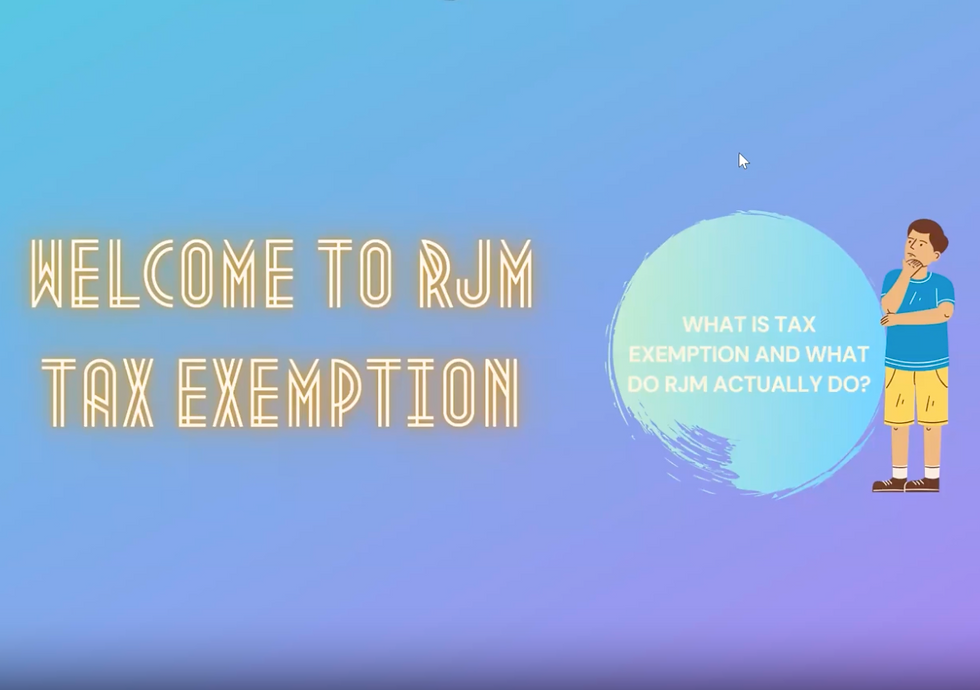Dropshipping - Is sales tax exemption worth it?
- RJM TAX EXEMPTION

- Oct 26, 2023
- 2 min read
Updated: Jan 31, 2024
Dropshipping is an incredibly popular e-commerce strategy that has exploded in recent years. The main advantages are that you don’t need to store any inventory, you simply list a product on your website or marketplace, and when it sells, you purchase the product from your source, and send it straight to your customer.
In 2023, one of the main issues with dropshipping is competition. More and more people are trying to do it and margins are being squeezed. It’s getting harder to find great products.
The vast majority of dropshippers will purchase their products directly from a retailer. Large retailers will have nexus in every state and therefore will need to charge sales tax on all purchases. Sales tax rates differ from state to state but, on average, the rate is 7% across the US.
Some retailers offer sales tax exemption programmes for resellers. You will be able to avoid paying the 7% sales tax if you can provide a valid resale certificate. If you are dropshipping, you will need to provide a valid resale certificate for EVERY state. As the sales tax is calculated from the “ship to” destination.

PROS | CONS |
Save 7% on all gross purchases, potentially boosting net profit by 15-30% | Time consuming, if you choose to do it yourself. |
Increases the amount of viable products for resale. | COST, if you hire a professional. |
Helps you beat your competitors. If you sell the same products as someone who is not tax exempt, you could sell the product cheaper than them AND make more profit. | Sales tax filing responsibilities. Once complete, you will need to file for some states to keep your sales tax permits active AND to prevent your business from receiving late filing estimates. You can hire a professional to handle this |
| Each retailer is different, and the certificates you use to exempt on one, won’t always work for another. |




Comments